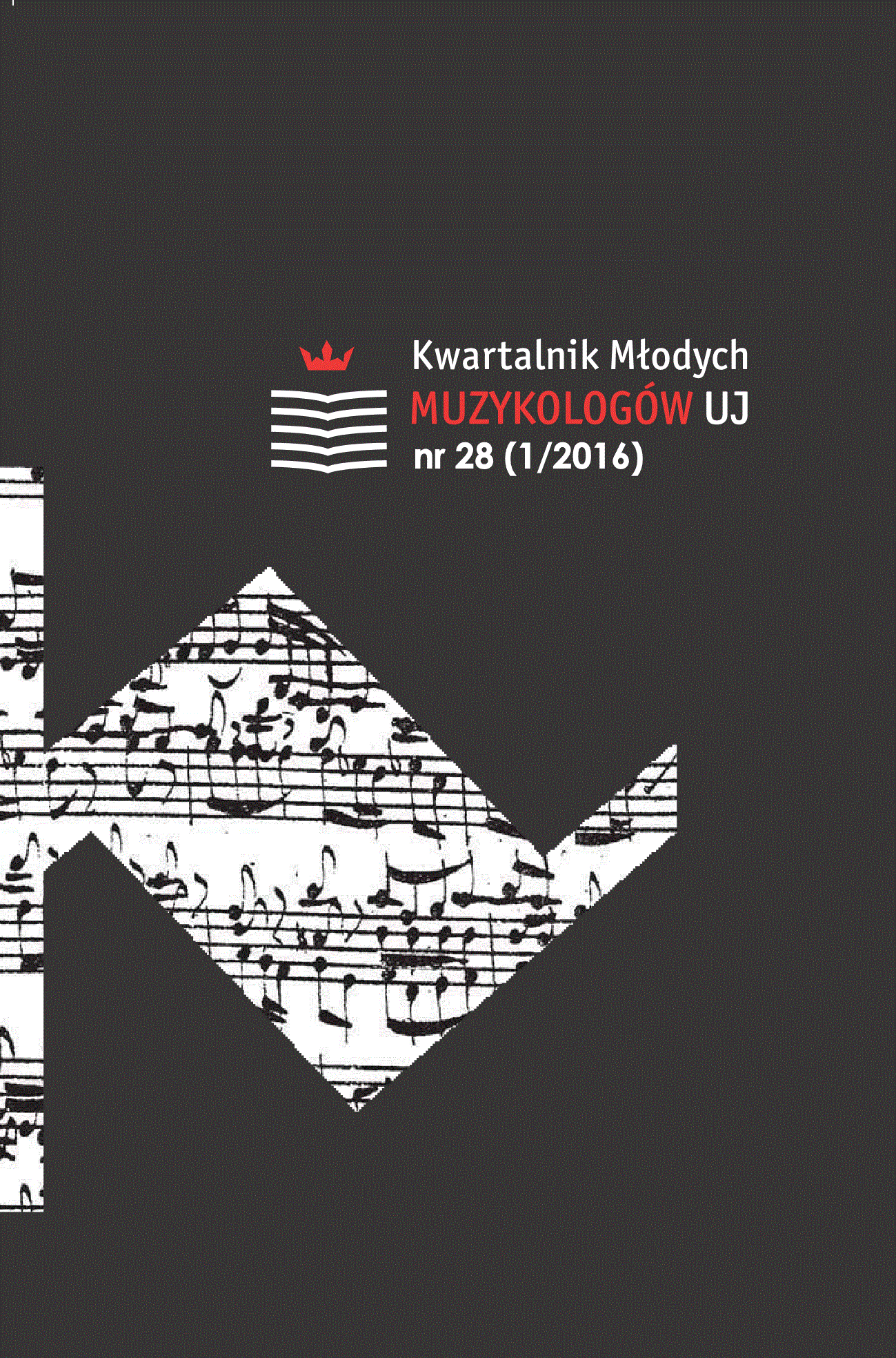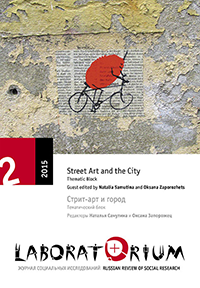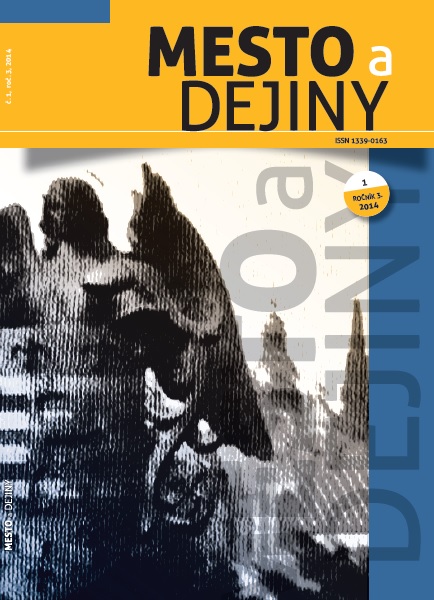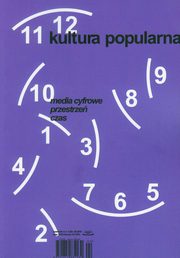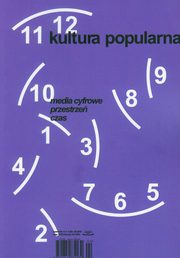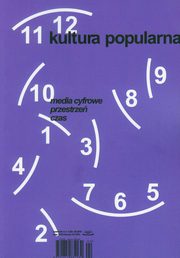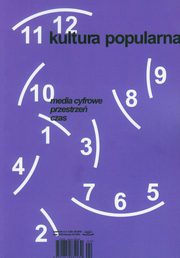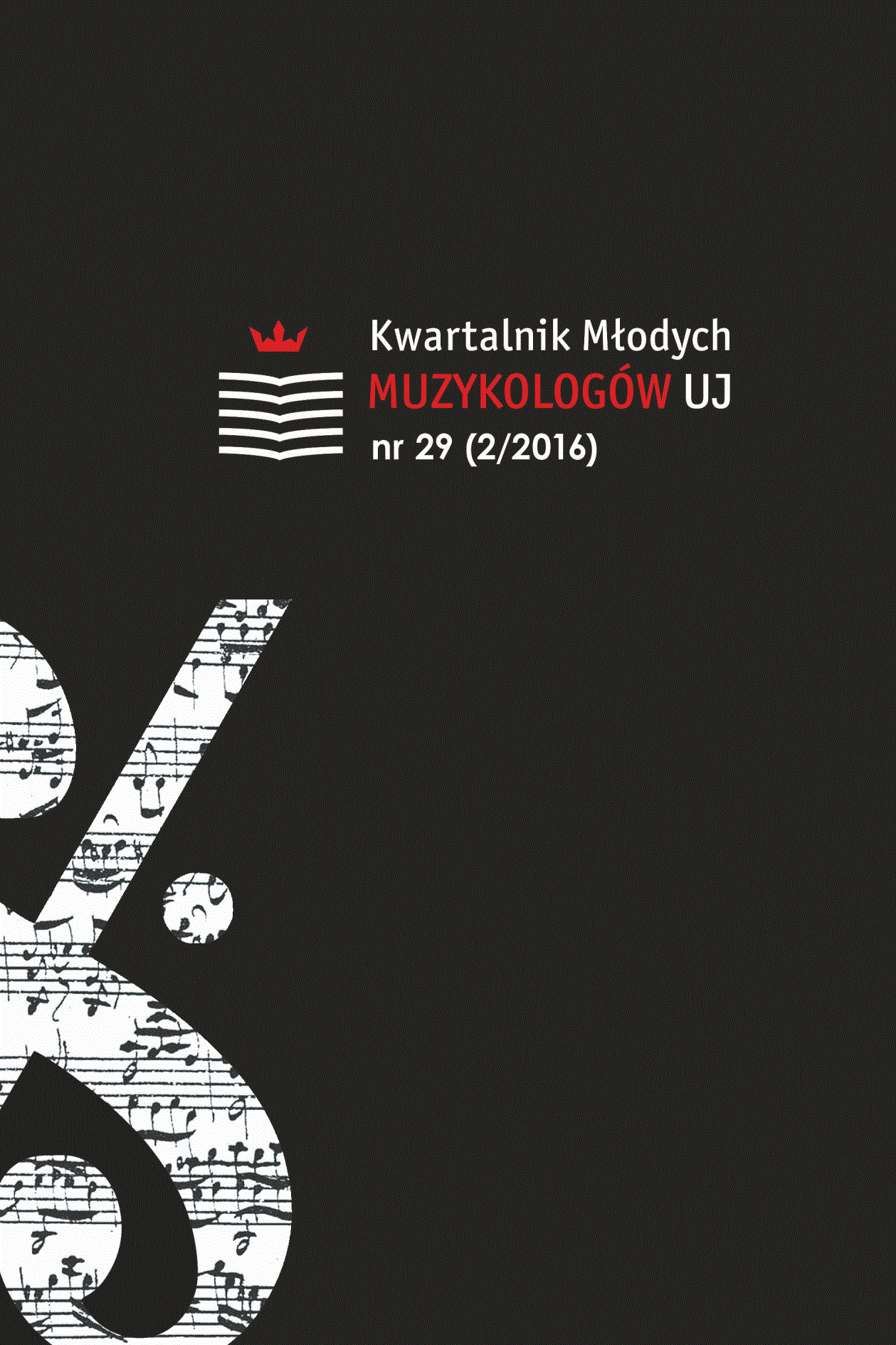
Na styku epok. Porównanie warsztatu twórczego Josepha Riepla i Marcina Józefa Żebrowskiego na przykładzie utworów pro processione
In this paper, the author compares aesthetic and stylistic attitude of two composers who worked in Jasna Góra Monastery at the turn of Baroque and Classical eras. The aim of this article is to capture the differences and similarities between the creative output of both artists by comparison of their pro processione pieces, which are a local variant of a church symphony. Collating complexive analysis, the author points characteristic solutions implemented by the composers, which gives rise to denotation their output as baroque or classical. In this way both composers were located on a stylistic timeline – Riepel as a baroque composer who already has implemented some classical elements into his style, and Żebrowski as a representant of galant style with baroque remainders. Outline of the compositional technique was depicted, what in the future can be a starting point for the further researches.
More...
